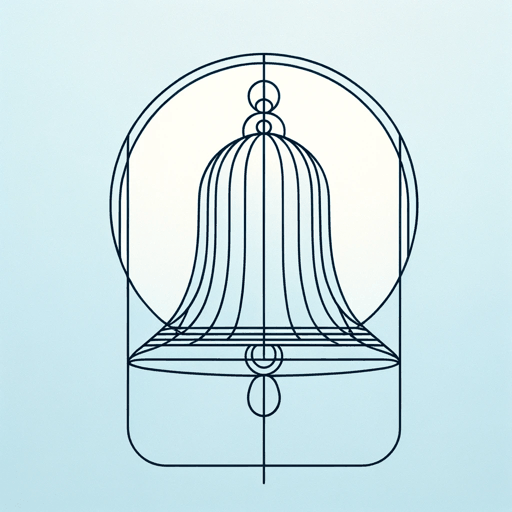21 pages • 42 minutes read
John DonneA Valediction: Forbidding Mourning
Fiction | Poem | Adult | Published in 1633A modern alternative to SparkNotes and CliffsNotes, SuperSummary offers high-quality Study Guides with detailed chapter summaries and analysis of major themes, characters, and more.
Background
Historical Context
Despite being widely studied today, Donne’s poems were not originally meant for the public. Though he prolifically wrote during his lifetime, he did not write for publication; he published only a few of his poems and it is noted that he regretted doing so. During the time Donne was writing, lyric poetry was meant to adhere to its traditional oral roots. However, Donne’s poems tend to be more dialogic, conversational, and ambiguous—addressed to a more intimate, private audience. For instance, some of the Songs and Sonnets contain hints at this original private audience. In “A Valediction of My Name in the Window,” Donne writes, “‘Tis more, that it shows thee to thee, / And clear reflects thee to thine eye.” This merger of “more” with Anne More indicates Donne most likely left subtle hints to his intimate audience.
Donne also did not write for the public because of England’s religious stronghold of culture at the time; published manuscripts were subject to increased levels of censorship and—because Donne often wrote to challenge accepted norms and often wrote about risqué topics such as sex and morality—he therefore preferred the safeguard of a private audience. However, in the 1620s, Donne’s poems began to escape the insular, trusted circle he created, resulting in an increased public demand for his work.
Related Titles
By John Donne







